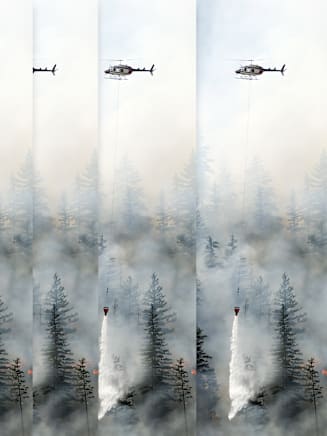
Article 9 mins
Steering Trade and Supply Chains Amid Weather ChallengesFeatured Topics
Weather is one of four megatrends impacting global business today. Learn more below.

Report
Weather and climate underpin many of the most significant risks businesses face today, with four of the top 10 global risks all impacted by weather, according to Aon’s 2023 Global Risk Management Survey. Data and analytics will be essential for adapting to a shifting climate and building a sustainable business model. Through sophisticated climate modeling, business leaders will be better positioned to develop strategies to close the insurance protection gap, navigate regulatory and stakeholder demands and unlock new sources of risk capital.
Data and analytics are also crucial for deploying strategies to protect the health and safety of the workforce. As chronic perils become more deadly — most notably extreme heatwaves — employers realize they must respond proactively to protect employees. Organizations should develop strategies to ensure employees and their families have access to health and benefit coverage that protects them from climate-related impacts and illnesses.
While volatility and complexity will remain an integral part of the climate narrative in the coming years, data-led decision-making will be central to building a sustainable future.

Only 31 percent of the $380 billion in global economic losses from natural disasters were covered by insurance in 2023 — on par with the long-term average protection gap
Source: Aon’s 2024 Climate and Catastrophe Insights report
Weather and climate underpin many of the most significant risks businesses face today, with four of the top 10 global risks all impacted by weather.
Source: Aon’s 9th Global Risk Management Survey